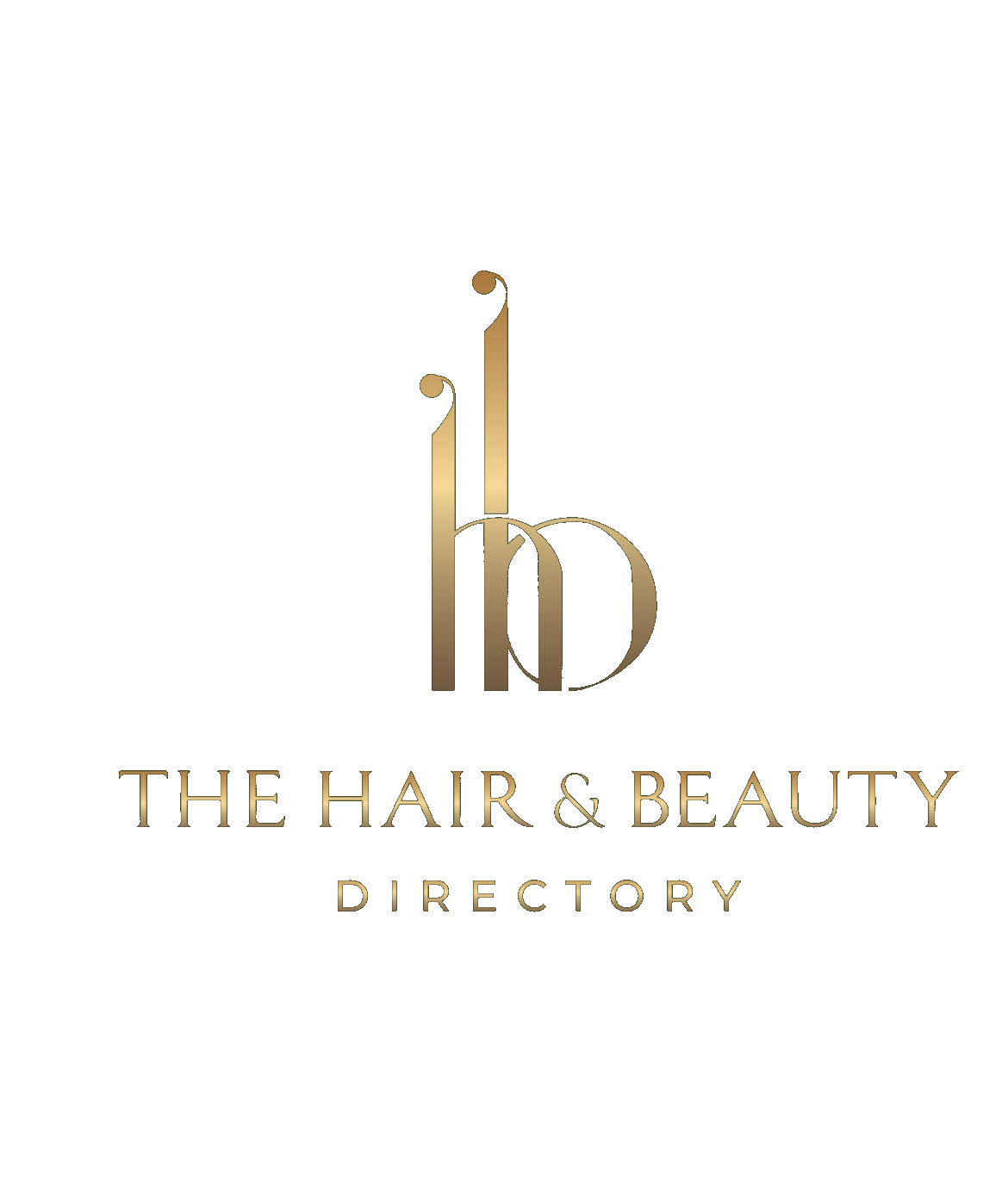Hair and Beauty Risk Assessment | Safety Tips for Beauty Professionals
Beauty Salon Risk Assessment: Safety Checklist for Hair & Beauty Professionals
Beauty Salon Risk Assessment: Safety Tips for Professionals
fety might not sparkle like a new serum launch or the latest aesthetic device, but it’s one of the most important foundations of any professional beauty business. I’ve worked in both beauty and compliance for many years, and I’ve seen first-hand what happens when this part is overlooked.
Whether you’re a solo therapist working from home, a mobile professional, or running a busy city salon, you take on specific legal and moral responsibilities the moment you start providing hands-on services. A beauty salon risk assessment isn’t about paperwork for the sake of it, it’s about protecting people, reputation, and peace of mind.
Why Risk Assessment Matters in Beauty
Every treatment we offer carries a level of risk. We work with chemicals, electrical tools, hot wax, sharps, and skin. We see clients in close contact, manage hygiene, juggle multiple services, and adapt constantly. That means things can go wrong if we don’t plan ahead.
The law states that every employer must carry out a risk assessment and if you have five or more employees, it must be written down. But even if you work alone, you still have a duty of care to your clients, to others, and to yourself.
Ask yourself: If something went wrong today, an accident, an allergic reaction, a client fall, could I prove that I’d done everything reasonably possible to keep people safe?
That’s exactly what a risk assessment gives you: clarity, confidence, and evidence of professionalism.
The pandemic changed the way we look at hygiene and safety, but as time has passed, apathy has crept back in. Yet, with rising insurance claims and a sharp increase in public scrutiny, being able to demonstrate a robust safety culture in your salon or clinic has never been more important.
How to Complete a Salon Risk Assessment
The process doesn’t have to be intimidating. In fact, it’s refreshingly logical. Risk assessment is a simple five-step process:
-
Identify the hazards.
Look around your workspace and think about the way you work. What could cause harm? This might include hot tools, electrical cables, slippery floors, aerosols, cleaning chemicals, or even poor ventilation. -
Decide who might be harmed and how.
Think about your staff, clients, models, visitors, and even delivery drivers. Who could be affected by what you do? -
Evaluate the risks and decide on controls.
Consider how likely harm is to occur and how serious it would be. Then decide how to prevent or reduce the risk — for example, safe storage, training, PPE, or better layout. -
Record your findings.
Writing things down is vital. A salon risk assessment template helps you document what you’ve identified and what you’ve done to manage it. -
Review and update regularly.
Laws, equipment, and services change, so should your assessment. Review it annually or whenever you introduce new treatments or staff.
These steps aren’t red tape; they’re the framework that keeps your business resilient and credible.
Real-World Example: Aerosol Storage and Fire Risk
Let’s take a simple example — aerosol cans.
They’re in almost every salon and kit bag, from hairspray to deodorant to cleaning sprays.
Because they’re flammable, the storage instructions are often overlooked. They say store in a cool, dry place, but in reality, they often end up sitting on sunny windowsills or in hot cars. Aerosols contain a liquid and a gas propellant under pressure; when heated, that pressure increases until the can ruptures.
You don’t need extreme heat for this to happen, just prolonged exposure. Keeping them in a cool cupboard away from heat sources or direct sunlight removes the risk entirely. It’s a small, sensible control that makes a huge difference.
That’s the essence of risk assessment: small actions that prevent big problems.
The Bigger Picture: Building a Culture of Safety
Risk assessment is more than ticking boxes. It’s about thinking proactively and embedding safe habits into your everyday routine. When you understand your risks, you make better decisions and that translates directly into professionalism, trust, and client confidence.
A client who sees that you take safety seriously will always feel more reassured in your care. Insurers recognise it, too. When you can demonstrate that you operate a compliant, documented safety system, it strengthens your business protection.
It’s worth remembering that your workspace is your responsibility, wherever you work from. A treatment room, a converted home space, or a rented clinic, it’s all classed as a workplace under UK law.
Final Thoughts
Nobody makes their best decisions in the middle of an emergency. A clear, up-to-date beauty salon risk assessment gives you that calm certainty that you’ve done everything you can to protect your clients, team, and livelihood.
As a health & safety consultant and beauty educator, I’ve worked with countless professionals to create safety systems that are practical, realistic, and easy to maintain. Good safety isn’t restrictive, it’s empowering. It lets you focus on the part you love: delivering excellent results and growing your business with confidence.
So take the time to step back, review your salon safety, and make it part of your professional culture. You’ve invested in your skills, now protect them.
.

Login
Sign Up